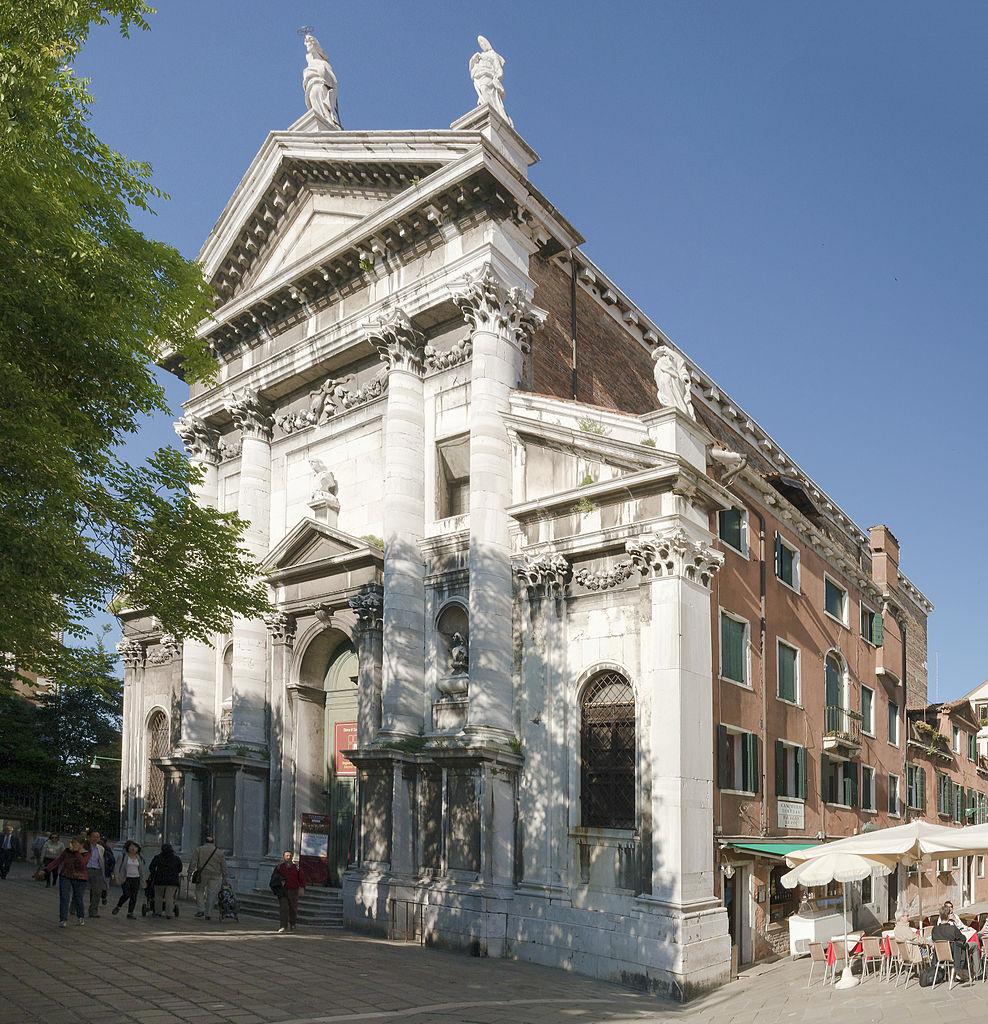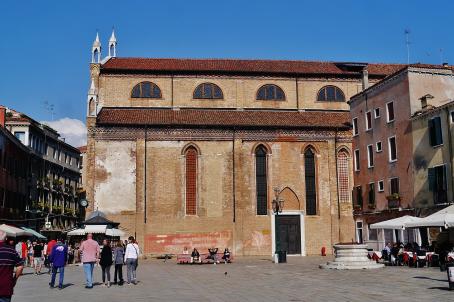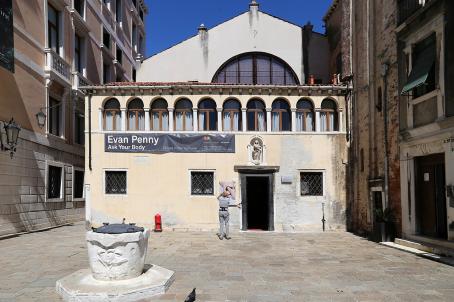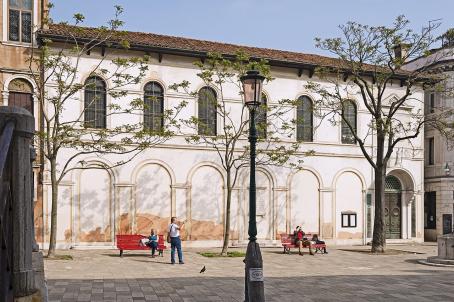Chiesa di San Vidal
The church of San Vidal was founded in 1084 during the reign of Doge Vitale Falier (1084-1095/96). A new reconstruction of the church took place at the end of the 17th century with the intention of transforming the façade into a great monument to Francesco Morosini, doge from 1688 to 1694. The project was entrusted to Antonio Gaspari, who presented a series of designs freely inspired by the Roman church of Sant'Andrea al Quirinale. Finally, the heirs of Morosini abandoned the project and, following a change of patron, the new church was built by Andrea Tirali. The church is now closed to worship.






